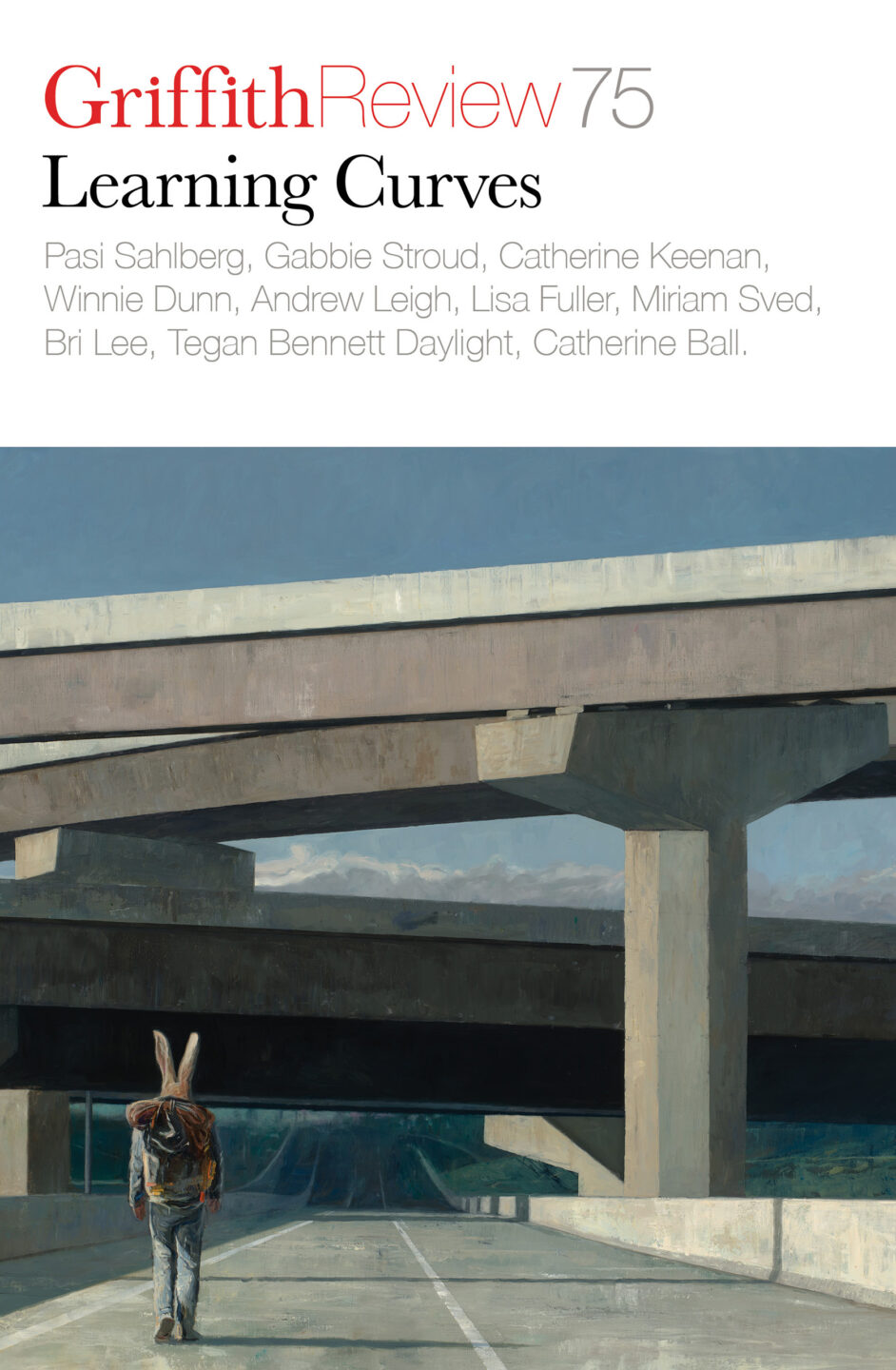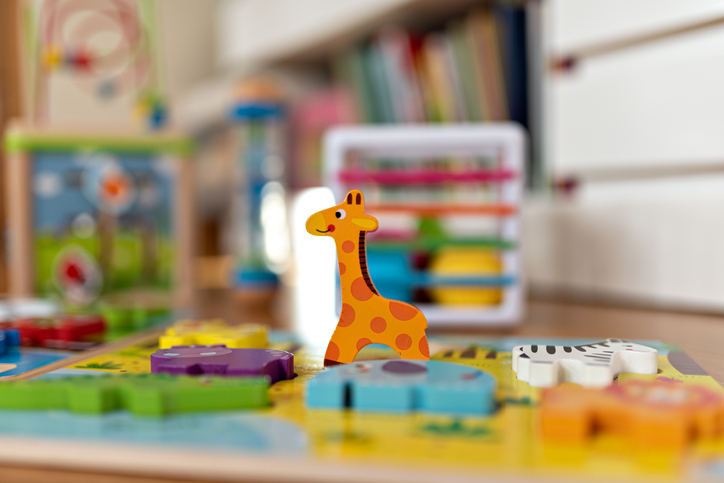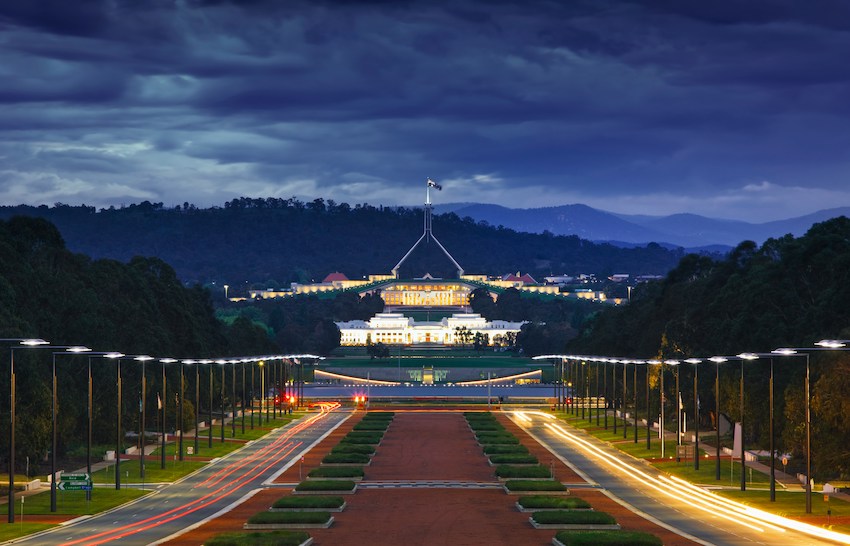Featured in

- Published 20220127
- ISBN: 978-1-92221-65-8
- Extent: 264pp
- Paperback (234 x 153mm), eBook


Already a subscriber? Sign in here
If you are an educator or student wishing to access content for study purposes please contact us at griffithreview@griffith.edu.au
Share article
More from author

What ripples beneath
MemoirJEREMY B PULLMAN was a tall, slim man with pale grey eyes and a number-three buzz cut along the sides of his skull. The...
More from this edition

In case of education emergency…read this
GR OnlineIndigenous peoples have a right to self-determine their education, as outlined in the UN Declaration on the Rights of Indigenous Peoples. These rights recognise that systemic power has been taken away from Indigenous peoples due to the ongoing impacts of colonisation and that subsequent interactions with schools, education departments and universities occur within a power imbalance.

University material
FictionJEFFREY AND MY mother were together for three years. I lived with them for their final year, when I was sixteen. Before that I...

The Whitlam legacy
In Conversation In this first of a series of intergenerational exchanges and reflections on the links to and legacies of the Whitlam era in the run...